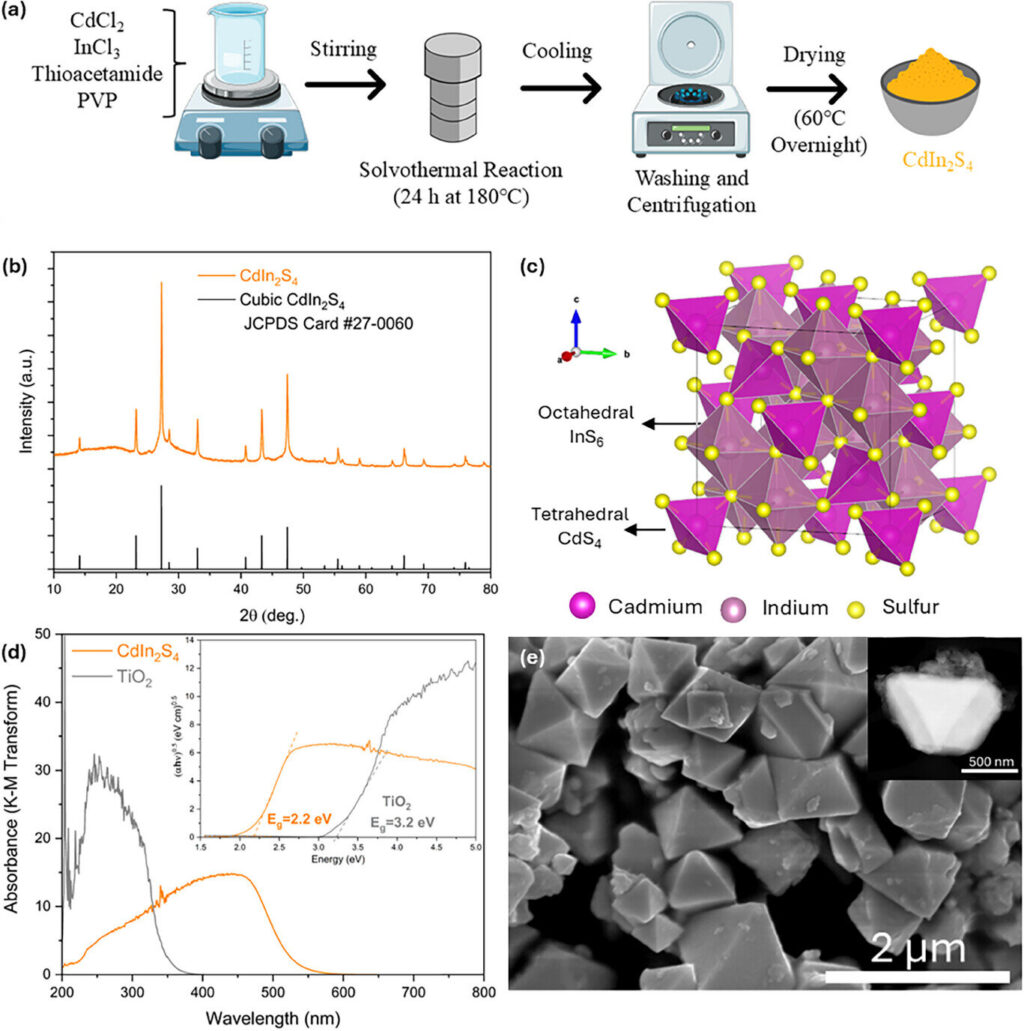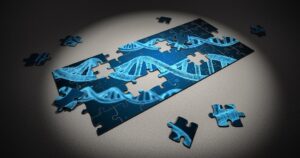
Researchers at the University of Adelaide have made a significant breakthrough by developing a sunlight-activated material capable of degrading per- and polyfluoroalkyl substances (PFAS) in water. This innovative approach breaks down these persistent pollutants into harmless components, including fluoride, and is detailed in the journal Small.
The discovery offers a promising low-energy solution for PFAS remediation, with potential applications in water treatment and environmental cleanup. PFAS, often referred to as “forever chemicals,” are synthetic substances used in various products like non-stick cookware and firefighting foams. They are notoriously resistant to breakdown due to their strong carbon-fluorine bonds, accumulating in the environment and human bodies.
Understanding the Impact of PFAS
The presence of PFAS in the environment has been linked to serious health issues, including developmental disorders, infertility, and cancer. Recent data indicates that more than 85% of Australians have detectable levels of PFAS in their blood, prompting new drinking water guidelines that lower safe limits for some PFAS chemicals to just nanograms per liter.
Dr. Cameron Shearer, the lead researcher from the University of Adelaide, emphasized the importance of this discovery. “PFAS contamination continues to pose a global health risk, and this research represents a critical step toward safer communities and cleaner ecosystems,” he stated.
Innovative Approach to PFAS Degradation
Traditional methods of degrading water contaminants often involve adding reactive chemicals that bind to carbon. However, the protective nature of carbon atoms in PFAS molecules makes this process nearly impossible. The University of Adelaide team has successfully altered conditions and optimized a catalyst to target the protective fluorine atoms in PFAS, resulting in the complete breakdown of these chemicals.
“The materials we have developed could be used as part of PFAS-treatment chains that first capture and concentrate PFAS in water, which can then be degraded through exposure to our light-activated materials,” explained Dr. Shearer. The produced fluoride can be isolated and potentially used in health care products like toothpaste or as additives to fertilizers.
Future Prospects and Ongoing Research
While this breakthrough is promising, further research is needed to improve the stability of these materials for large-scale applications. Dr. Shearer mentioned that ongoing projects, led by his colleague Mahmoud Gharib, aim to enhance the materials’ stability before they can be applied to extensive systems.
The announcement comes as global awareness of PFAS contamination grows, with governments and environmental agencies seeking effective solutions to mitigate their impact. The potential for this sunlight-activated material to be integrated into existing water treatment systems could mark a significant advancement in environmental cleanup efforts.
As the scientific community continues to explore innovative solutions for PFAS remediation, the University of Adelaide’s research stands out as a beacon of hope for addressing one of the most persistent environmental challenges of our time.
More information: Mahmoud Adel Hamza et al, CdIn2S4 Micro‐Pyramids for Reductive Photocatalytic Degradation of Perfluorooctanesulfonic Acid, Small (2025). DOI: 10.1002/smll.202504601







